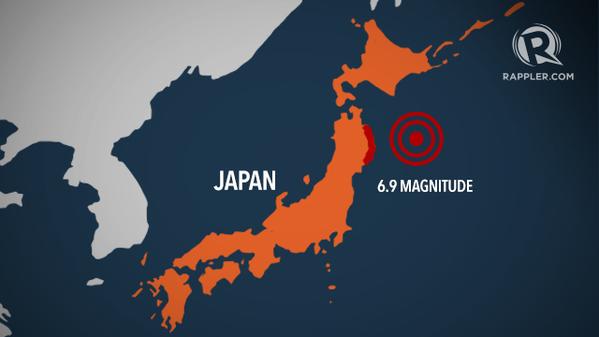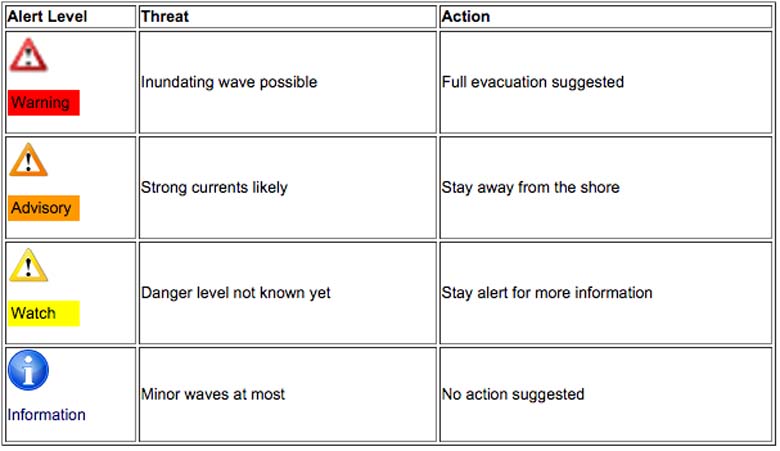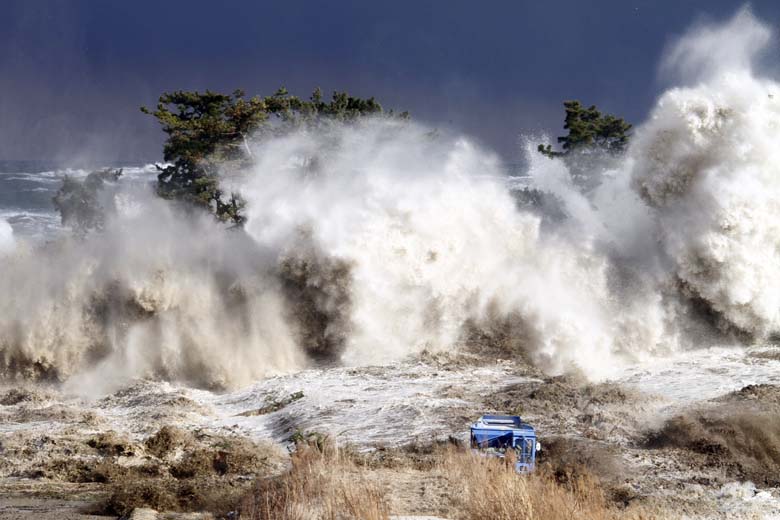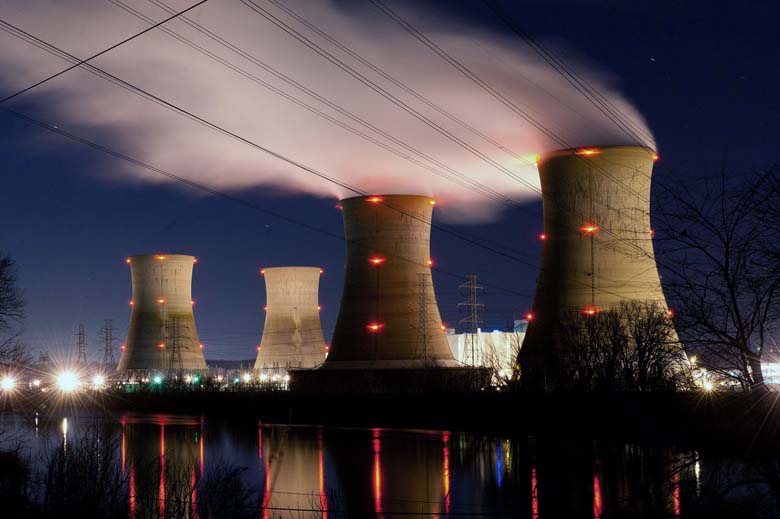
(Twitter/Rappler)
Boaters are rushing to get out of the water and residents are being urged to stay away from Japan’s northeastern coast after an earthquake in the Pacific Ocean prompted a tsunami advisory for the region on Tuesday morning.
Here’s what we know so far:
1. It’s a A 6.9-Magnitude Earthquake

This picture taken by a Miyako City official on March 11, 2011 and released on March 18, 2011 shows a tsunami breaching an embankment and flowing into the city of Miyako in Iwate prefecture shortly after a 9.0 magnitude earthquake hit the region of northern Japan. (JIJI PRESS/AFP/Getty Images)
A 6.9-magnitude earthquake struck in the Pacific Ocean off the Japanese coast near Honshu Island at about 8 a.m. local time Tuesday morning. The Japan Meteorological Survey has placed the area, known as the Iwate Prefecture, under a tsunami advisory with a warning that the waves may reach up to 3-feet in height.
Japan Meteorological Agency says 10cm #tsunami observed in Miyako and Kuji, Iwate Pref., after magnitude-6.9 #quake.
The quake was recorded at a depth of about 6-miles and according to the Associated Press, could be felt 430 miles away in Tokyo.
2. There is a Difference Between Tsunami Warning and Tsunami Advisory

(National Weather Service)
While Japan is under a tsunami advisory, it’s not the same thing as a tsunami warning. This is similar to United States weather terminology where a tsunami advisory and a tsunami warning are two separate things also.
The chart above, provided by the National Weather Service, provides the differentiation of the two: a tsunami warning is a “inundating wave possible” with a full evacuation suggested, while a tsunami advisory is “strong currents likely” with suggestions to stay away from shores.
The map below is from the Japanese Meteorological Agency and was updated at 9:52 a.m. local time. Notice there are two different colors for tsunami advisory and tsunami warning.

(Japan Meteorological Agency)
3. The Area was Last Hit by an Earthquake in 2011

This picture taken on March 11, 2011 by Sadatsugu Tomizawa and released via Jiji Press on March 21, 2011 shows tsunami waves hitting the coast of Minamisoma in Fukushima prefecture. (SADATSUGU TOMIZAWA/AFP/Getty Images)
The same area was devastated by an earthquake and tsunami in March of 2011.
That earthquake and tsunami became known as the Tōhoku earthquake and tsunami. It was 9.0 on the richter scale and was the most powerful earthquake/tsunami to have ever hit Japan, and the fourth most powerful ever since modern earthquake/tsunami records began in 1900.
The Tōhoku earthquake and tsunami left at least 22,000 dead or missing.
4. Residents Have Been Evacuated
Officials have evacuated residents along the coast and urged people to stay away from the shore.
Japanese broadcaster NHK warned residents a one metre-high (three feet) wave was expected to hit the coast of Iwate prefecture in northern Japan at approximately 2330 GMT. It reported that evacuations had been ordered for towns closest to the coast in Iwate.
The quake was measured at a depth of about 10 km (6 miles). The Pacific Tsunami Warning Center in Hawaii said there was no danger of a Pacific-wide tsunami.
5. The Area has a Nuclear Power Plant

(Jeff Fusco/Getty Images)
Though the area to be affected by the earthquake/tsunami is largely rural, it does have a nuclear power plant.
However, CNBC reports the plant was not damaged by the earthquake and is expected to be fine if a tsunami does occur.